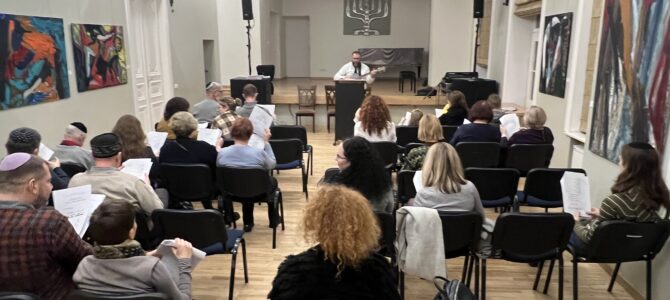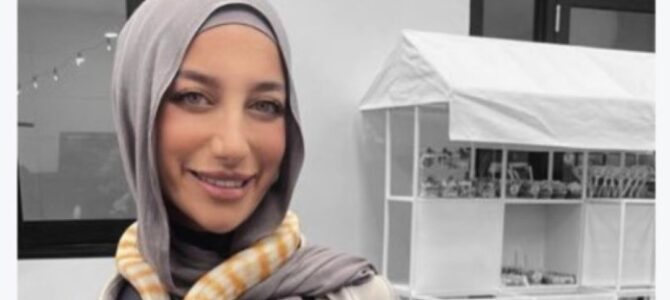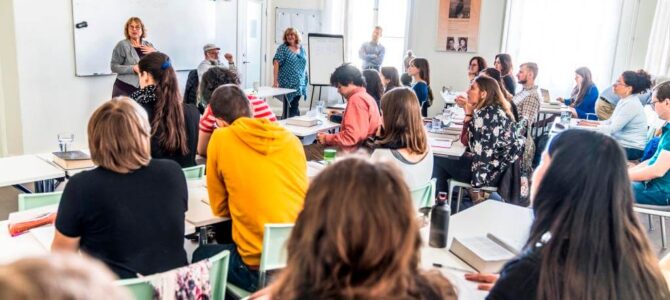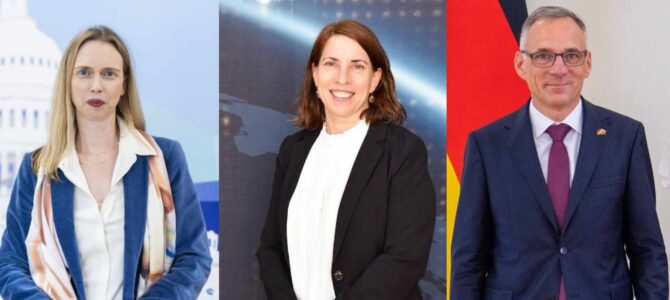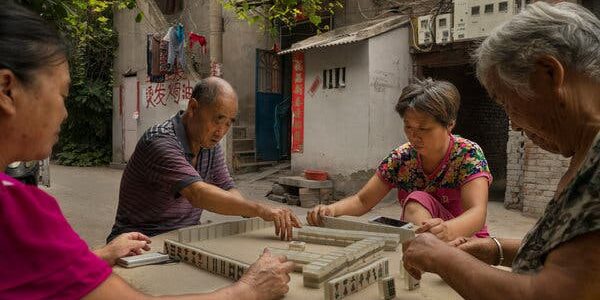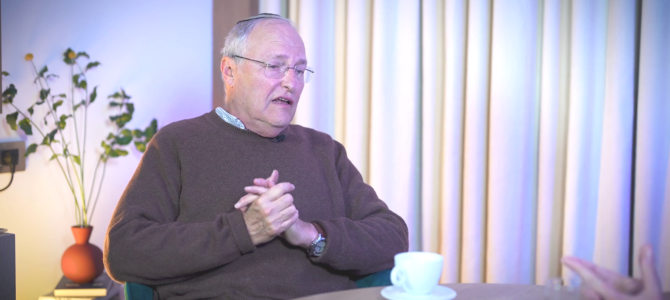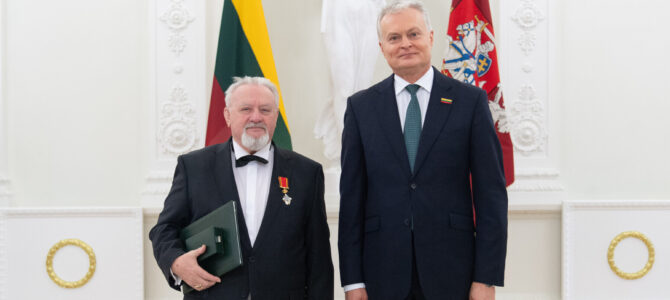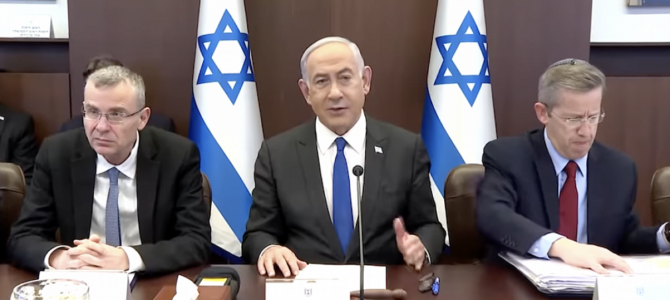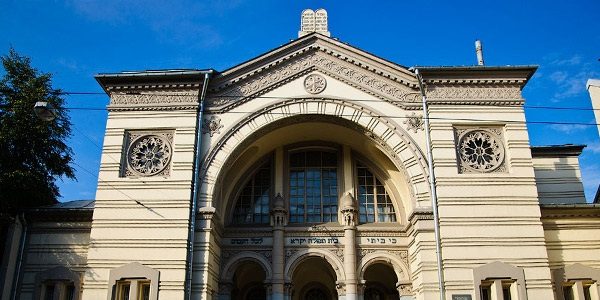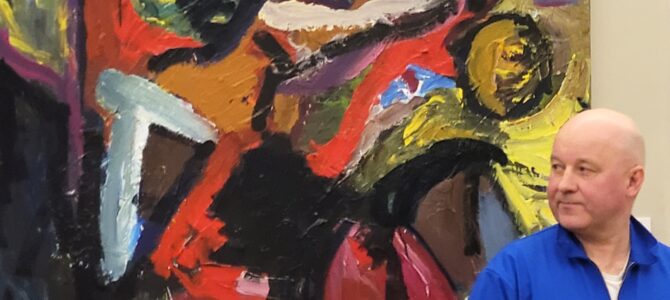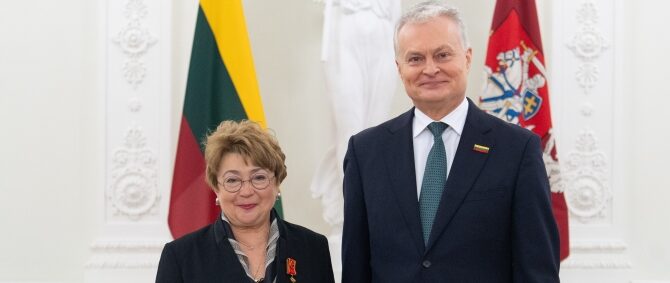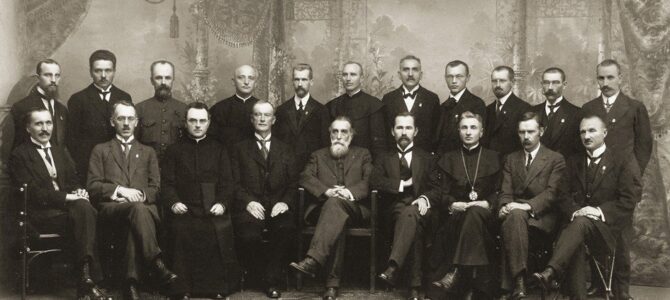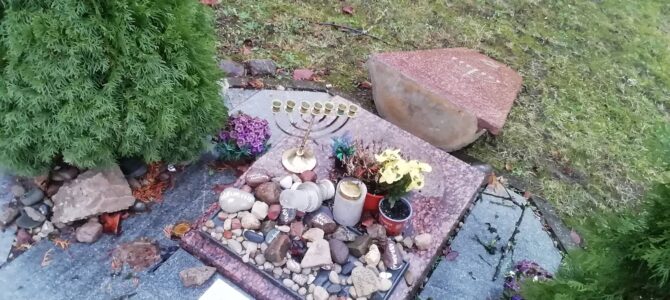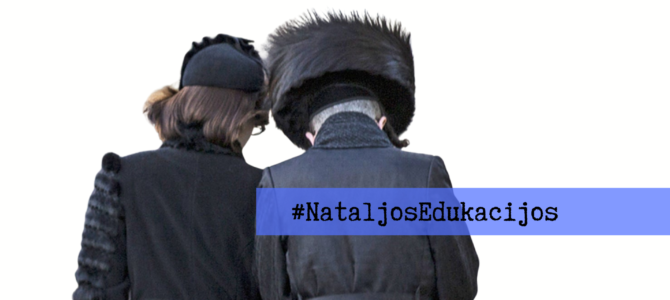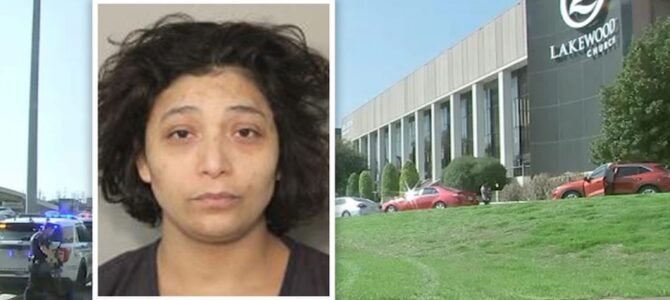A representative from the NAALE Elite Academy will give a presentation this Sunday at the Lithuanian Jewish Community in Vilnius for adolescents who want to study in Israel.
The NAALE program provides an opportunity to young people with Jewish roots to receive scholarships and attend from 3 to 4 years the best high schools in Israel.
The program was established in 1992 by the Progressive Education Association in cooperation with the Israeli Education Ministry and the Jewish Agency. Initially it was intended for children from families repatriating to Israel, but a decade later expanded to include all talented Jewish adolescents from around the globe, giving them the chance to get the best high school education and a priceless tool in aspiring after their future goals. NAALE Elite Academy also helps Jewish young people make a strong connexion with their Jewish roots and friendships to last a lifetime.
NAALE project leader Igal Brantman will give the presentation and answer all questions from the audience.
Time: 9:30 A.M., Sunday, March 10
Place: Lithuanian Jewish Community, Vilnius
Registration is required by sending an email to viljamas@lzb.lt or by calling +370 672 50699. We hope to see you there.




